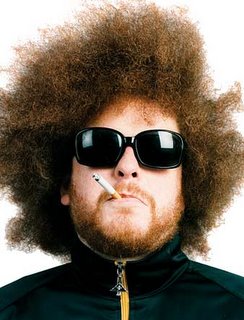For many modern artists Paul Cézanne was a talismanic figure, the shadow of his painting as impossible to escape as his achievement was to define. Throughout the 20th century, as scholars labored to construct a viable history of modern art, Cézanne (along with Manet, Courbet and a handful of transgressive others) was posited as its fountainhead, the protean begetter whose countless artistic progeny shaped a new aesthetic that placed vision and touch above traditional formal and narrative concerns.
Both Matisse and Picasso would claim Cézanne as a father, and almost every variant of 20th-century art could trace some aspect of its origins to his painting. Cézanne's effect on later artists has become the stuff of exquisite exhibitions, heated debate, and a linear notion of modernism. Without thoroughly disrupting that tidy critical trajectory, the Philadelphia Museum of Art's current exhibition, "Cézanne and Beyond," moves it onto more fluid and fertile ground, and the results are highly satisfying and visually thrilling.
Um, okay. I just think his pictures are purty. (My preference is Van Gogh and Monet; they manage somehow to convey powerful emotions.) More importantly, my favorite writer, Hemingway, set out to write like Cezanne painted and that's reason enough for me to enjoy Cezanne. Hemingway's "Big, Two-Hearted River" is nothing if not an impressionistic painting of a deceptively simple fishing trip that manages to convey emotion through the terse descriptions of the landscape and action.
Go ahead. Treat yourself to both Hemingway's story and Cezanne's pictures. You'll thank me for it.




No comments:
Post a Comment